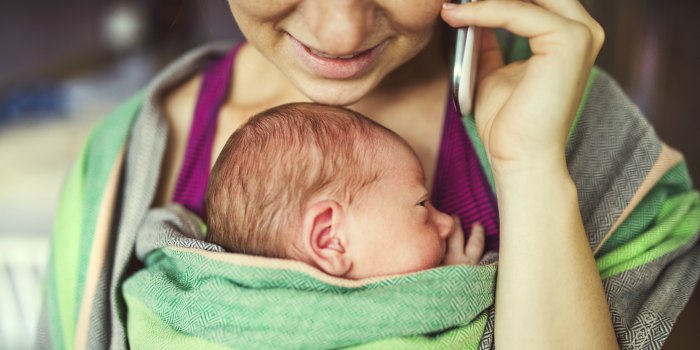Safe Bottle Feeding Tips and Formula Prep
Used these formula prep and bottle feeding tips to help keep your baby as healthy as possible.
From cleaning bottles to storing premixed formula, it’s good to know what you’re doing!
Let’s not get into the debate about whether breast feeding or bottle feeding is better.
The fact is there are many reasons a woman may bottle feed — from physical to a lifestyle choice.
I ended up bottle feeding both of my boys because my milk never truly came in, despite all of the tricks and tips professionals gave me.
Whatever the reason, it’s important when bottle-feeding and preparing formula to follow some steps to make sure you’re doing everything safely.
Baby’s immune systems still have a way to go as far as development is concerned, and sanitation is vital.
Be sure to check out even more of my helpful parenting tips, too!

Safe Bottle Feeding Tips and Formula Prep
Try these key safe bottle feeding tips for your baby.
1. Clean Bottles
How do you clean a baby bottle properly? If you have a dishwasher, rinse the bottles and nipples and wash them in the top rack.
This process will help sterilize them.
Be sure not to put them on the bottom rack, which can effectively melt the plastic.
If you do not have a dishwasher, then you’ll need a bottle brush (sold at most major retailers).
Wash nipples and bottles in hot, soapy water and set them in a drying rack to air-dry.
To sterilize bottles without a dishwasher, you can boil them on the stove for 2 minutes and allow them to dry.
Air-drying is important; towels can harbor bacteria.
Boiling water dries very quickly, so it’s not too long a wait.
2. Formula – Check List
Before mixing up a batch of formula, check for the following:
- Dents or bulges in the formula can
- The expiration date
- Damage to the container or the seal
- Rust on the can

3. Preparing the Formula: Washing Up
It’s important to wash your hands with soap and water before mixing powdered formula.
4. Preparing the Formula: Water
What water should you use? Spring water, distilled, tap?
The World Health Organization (WHO) recommends “safe water,” and other experts recommend tap water.
The WHO further recommends boiling the water you’re going to use and then allowing it to cool (to around body temperature) before using it to mix the formula.
Honestly, we used bottled water because we knew it had been treated and was safe.
The decision is entirely up to you.
5. Preparing the Formula: Mixing
Pour the water into the bottle first, sources say, and then add the powdered formula.
Make sure you follow the manufacturer’s directions.
Then shake and swirl the mixture until the powder is dissolved.

6. Liquid Formula
Some formula does not need to have water added.
Once you open a can of liquid formula, it’s recommended that you do not keep it in the refrigerator for more than 48 hours.
To warm liquid formula, you can hold the bottle under warm tap water or set the bottle in a pan of warm water.
Whether you’re using powdered or liquid formula, it’s not a good idea to use the microwave.
As easy as a microwave can be, they heat the formula unevenly, possibly causing “hot spots.”
7. Don’t Re-Use
It may be tempting in this waste-conscious age, but don’t re-use a bottle of formula once a baby has nursed from it.
Bacteria from the baby’s mouth are introduced into the formula when he or she drinks from the bottle, so whatever baby doesn’t finish must be thrown out.
Some products I recommend for bottle feeding include the following affiliate links:
